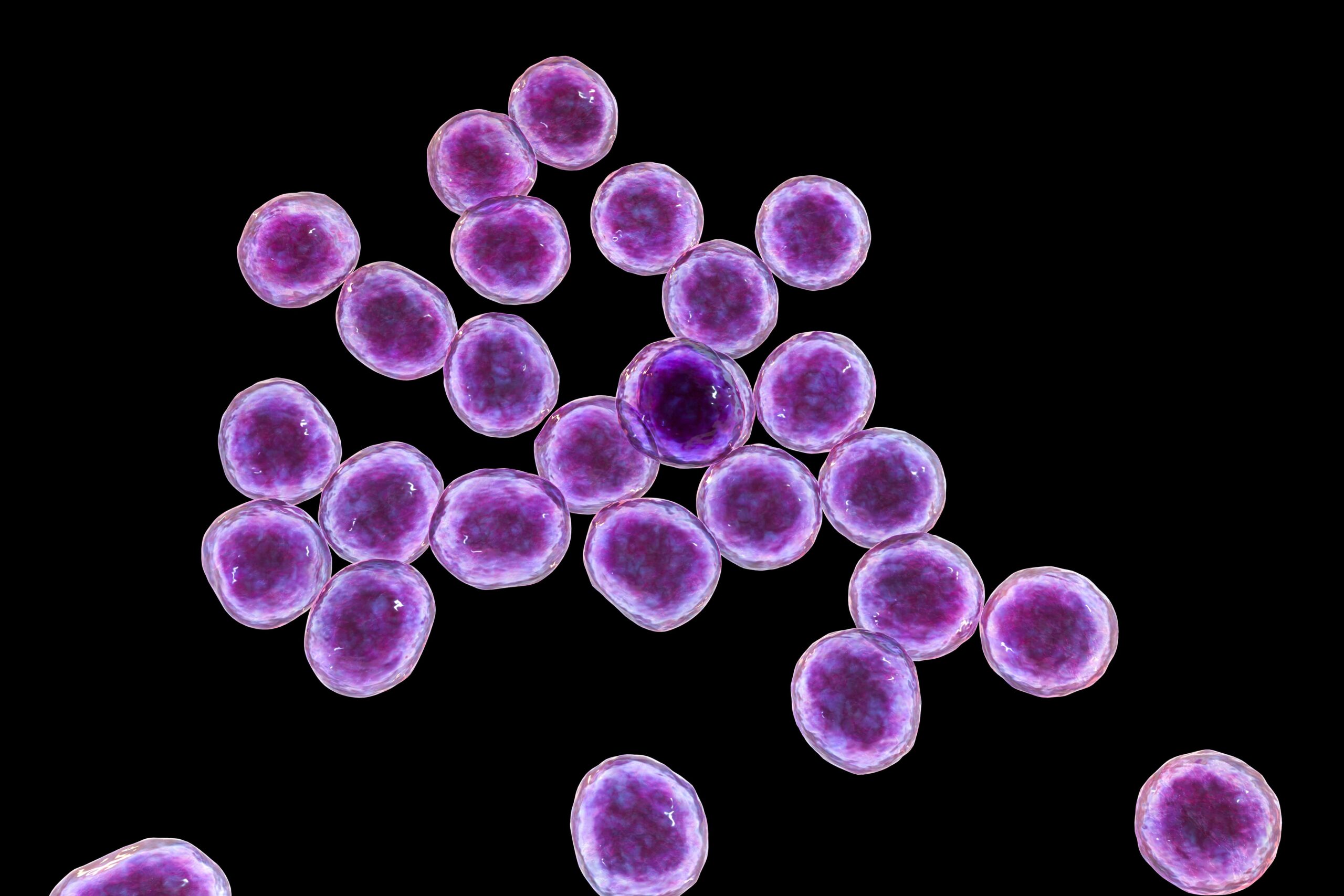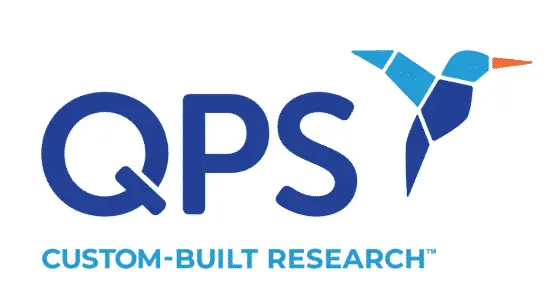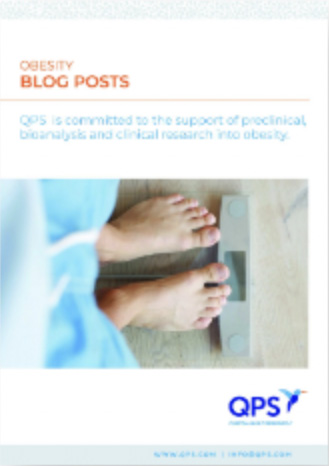Staphylococcus aureus (staph), the microbe responsible for common skin infections and severe methicillin-resistant Staphylococcus aureus (MRSA) outbreaks, doesn’t just land on human skin—it forms an extremely strong bond with proteins in the skin. Researchers have been studying this fierce grip with hopes of finding a way to disrupt it. In research results published in Science Advances, a team of scientists from Belgium, France, the United Kingdom and the United States has helped advance understanding of this phenomenon. With a combination of molecular experiments and computational simulations, the multidisciplinary team demonstrated that it is stronger than any other protein bond known in biology. “It is the strongest non-covalent protein-protein bond ever reported,” said Rafael Bernardi, Associate Professor of Physics at Auburn University and one of the senior authors. This discovery helps explain why staph infections can be so stubborn. Once the microbes secure themselves, routine washing or even immune defenses struggle to dislodge them.

The Secret Weapon: A Protein Handshake
The research combined high-tech methods on two continents. In Europe, scientists used atomic force microscopy to measure the strength of a single staph bacterium binding to human skin proteins. Meanwhile, physicists at Auburn ran supercomputer simulations modeling each atom in the interaction.
The key to the strong bond lies in a molecular interaction between a bacterial protein called SdrD and a human skin protein known as desmoglein-1, which normally helps hold skin cells together. When SdrD latches onto desmoglein-1, the two lock in place like grappling hooks. Bernardi’s team measured the strength of this bond and found it could withstand more than 2 nanonewtons of force. To put that in perspective, it takes only 60 to 80 piconewtons to separate the proteins that cause muscles to contract. At the molecular scale, tiny staph bacteria “can grip more than your muscles can lift,” Bernardi said.
Calcium Tightens the Cling
The researchers discovered that calcium supercharges this bacterial bond. Calcium stabilizes SdrD and strengthens the bond with desmoglein-1, making staph nearly impossible to shake loose. In skin conditions such as eczema, where calcium balance is often disrupted, this effect may make infections even harder to control. “We were surprised to see how much calcium contributed to the strength of this interaction,” said Priscila Gomes, a co-author of the study. “It not only stabilized the bacterial protein, it made the whole complex much more resistant to breaking.”.
Why This Matters for Human Health
Usually, people can carry staph on their skin without consequence. However, when the barrier is broken by a scrape, cut or irritated patch of skin, the bacteria can enter and multiply. In some cases, the infection spreads deeper, causing cellulitis, or even enters the bloodstream, leading to life-threatening complications. Antibiotic-resistant strains such as MRSA make these infections especially dangerous.
Current treatments focus on killing bacteria after they take hold. The new findings suggest a different approach: preventing bacteria from adhering in the first place. “By targeting adhesion, we are looking at a completely different way to fight bacterial infections,” Bernardi explained. “We are not trying to destroy the bacteria, but to stop them from latching on.”
New Path Against Resistant Infections
These insights could inspire fresh approaches for treating staph infections. If therapies can block or weaken the SdrD-desmoglein-1 bond, bacteria would be unable to colonize skin long enough to build biofilms, the protective layers that shield them from antibiotics. Without this first foothold, immune cells or standard treatments might clear the microbes before they cause serious disease.
Hope for the Future
The discovery of staph’s superglue-like grip sets a new benchmark in biophysics and offers a potential weakness to exploit. As Gomes said, “This project shows how much can be achieved when different fields and different countries come together to answer questions that none of us could solve alone.” By understanding the mechanics of one of the strongest protein bonds in nature, researchers may one day turn staph’s greatest strength against it—opening the way to therapies that could protect millions from stubborn and sometimes deadly infections.
Did you enjoy this blog post? Check out our other blog posts as well as related topics on our Webinar page.
QPS is a GLP- and GCP-compliant contract research organization (CRO) delivering the highest grade of discovery, preclinical, and clinical drug research development services. Since 1995, it has grown from a tiny bioanalysis shop to a full-service CRO with 1,200+ employees in the US, Europe, Asia, India and Australia. Today, QPS offers expanded pharmaceutical contract R&D services with special expertise in pharmacology, DMPK, toxicology, bioanalysis, translational medicine, cell therapy (including PBMCs, leukopaks and cell therapy products), clinical trial units and clinical research services. An award-winning leader focused on bioanalytics and clinical trials, QPS is known for proven quality standards, technical expertise, a flexible approach to research, client satisfaction and turnkey laboratories and facilities. Through continual enhancements in capacities and resources, QPS stands tall in its commitment to delivering superior quality, skilled performance and trusted service to its valued customers. For more information, visit www.qps.com or email info@qps.com.




